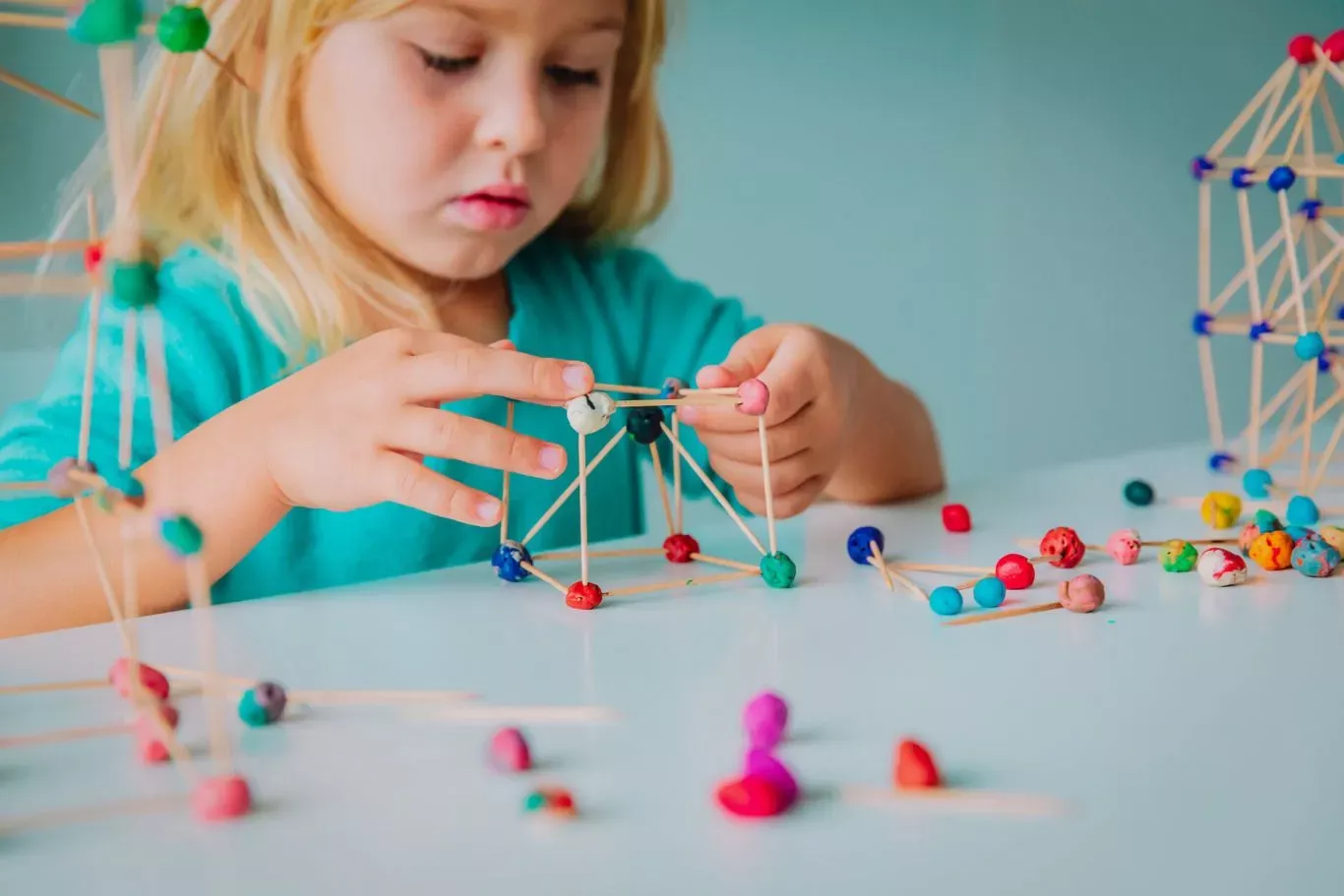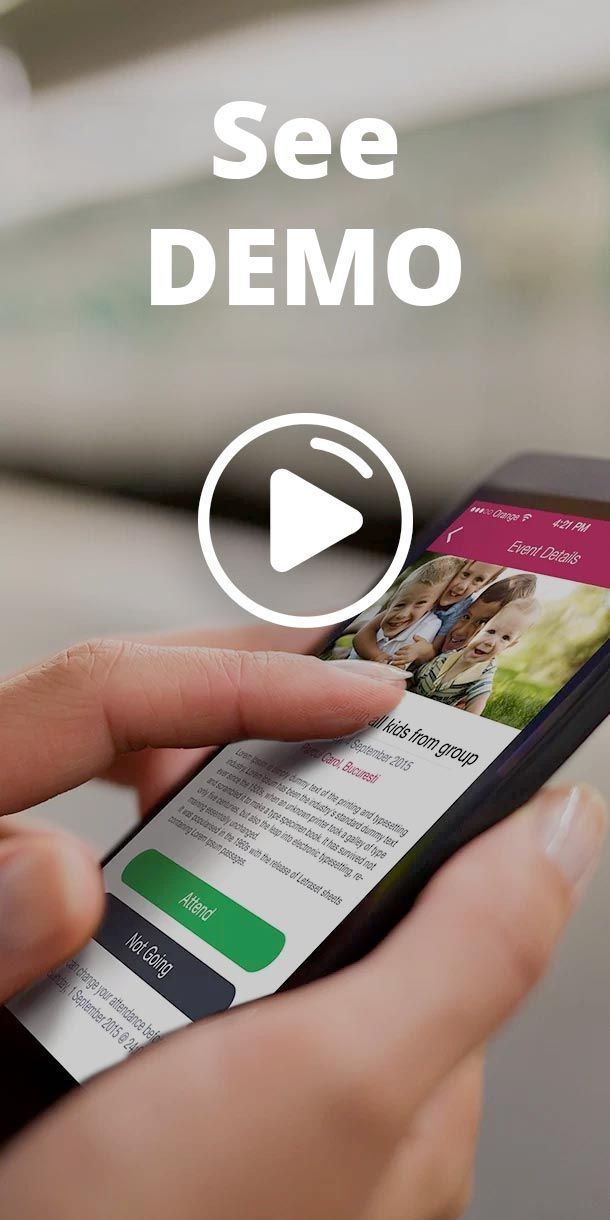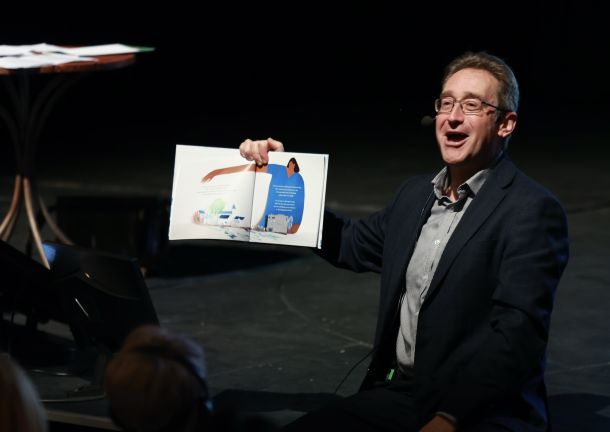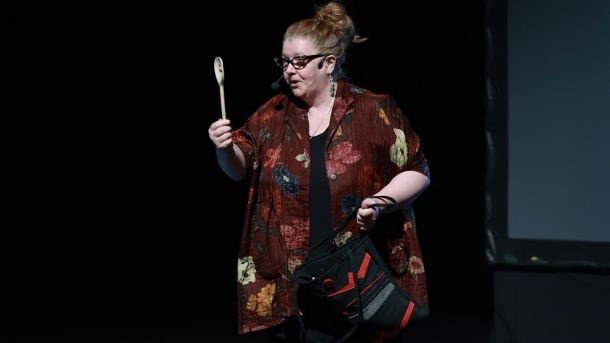
STEM activities in early education: stimulate inquiry-based learning
STEM activities in early education stimulate inquiry-based learning, problem solving and critical thinking in children. STEM in the early years helps stimulate children's creativity.
- How do you combine creativity with discipline?
- Precious moments of invisible possibility
- STEM activities creates problem solvers
- The role of the family in supporting a STEM future for children
- What can adults do to encourage effective learning?
- The stem is based on a relentless curiosity about the world around us
- What could adults do to stimulate creativity and creative thinking?
STEM activities in early education stimulate inquiry-based learning, problem solving and creativity, motivation and critical thinking in children. In a society profoundly marked by the rise of digital technologies, education systems are under increasing pressure to adapt their curriculum to meet the needs of tomorrow's society. STEM skills have become a requirement for most of the jobs of the future, so they are also finding their way into school and even pre-school subjects and activities. Kinderpedia joined First7 in organizing the webinar on 'STEM in Early Education' to explore, with Pamela Mundy, the international expert in early education, the latest findings in the field of inquiry learning.
"Children are like wet cement: everything they come into contact with leaves a mark on them. " Dr. Haime Ginot
As parents and educators, we need to ask ourselves how children see the world and how they see themselves to others. What are the experiences that have shaped their view and how can educators change or complement this picture?
STEM (science, technology, engineering, and mathematics) subjects in specific activities for preschoolers spark their curiosity, help them focus and stay active on a task for more than 45 minutes, and give them the satisfaction of solving problems from everyday reality.
STEM activities and education is not limited to learning about math and science. At its core, STEM helps children develop new ways of thinking, encouraging curiosity and analysis. Implementing them at an early age, when minds are at their most malleable, determines how children relate to learning throughout school and life.
How do you combine creativity with discipline?
Children learn most effectively without paper and pencil. Through science and creativity, children can express their ideas and feelings. But, as Norman Podhoretz says, learning is a miraculous intertwining of the pure energy that children have with its opposite - the discipline that defines adults.
Children see things clearly because they haven't developed all those filters that prevent us adults from seeing things we don't expect to see, says Pamela Mundy. In the hurried society we live in, we rush children and don't allow them to finish the activities they are deep into. Children are already extraordinary explorers. They have the amazing ability to absorb everything around them and are aware and attuned to their instincts and senses.
Little ones see the world with eyes full of fascination. For them, everything is simple. We should draw on the wisdom they are endowed with and follow the five steps to happiness as a five-year-old suggested: play, eat ice cream, make friends, love everything around you, get a dog.
Precious moments of invisible possibility
The time children spend in the nursery or school occasionally gives way to something Pamela Mundy calls 'an invisible possibility'. This refers to a possible discovery that children get to make if their exploration isn't interrupted by adult cues. Pamela encourages us to observe them, to refrain from giving them cues, and to quietly participate in the exploration, guided by these innate scientists. Instead of giving them suggestions to improve their game, we should ask them what they see, what they think, what questions are on their minds.
In early education, mathematics can be used to help young children understand scientific phenomena such as wind and solve engineering problems. STEM-based activities not only support the development of maths and science concepts but also provide an opportunity to improve language skills. While each STEM discipline is important, in early education activities we focus primarily on how they fit together and connect in a web of knowledge. When combined with other subjects, languages, for example, STEM provides a broader context in which to discuss maths and science.
STEM activities create problem solvers
How do we stimulate their curiosity so that they become passionate scientists who discover the answers to the most challenging questions? How do we instill in them a passion for questions to shape the engineers of tomorrow?
Children are the protagonists, educators are the researchers and parents are their partners in learning.
Play and exploration are modes of active learning that stimulate creativity and critical thinking. Learning environments, places where children can dismantle and rebuild things - like old radios, cars, appliances, clocks - are the third or silent educators.
The role of the family in supporting a STEM future for children
Most people think of doctors, accountants or scientists when it comes to STEM careers, but there is a wide range of other careers, such as the burgeoning IT field, engineering or research in various fields.
What can adults do to encourage effective learning?
- Encourage children to explore and show interest in discovering new things
- Help children to do what they want without taking control or giving directions
- Join in without imposing their ideas
- Help create roles and stories
- Encourage children to try new things. To boost their confidence verbally and through body language
- Pay attention to how children engage in activities. The challenges they face, their efforts, the way they think and learn. Talk more about the process than the outcome
- Emphasize how both children and we adults become more skilled through exercise and effort and that we can learn from mistakes.
- Encourage children to choose their activities
- Stimulate children's interest by paying attention and being calm when they are over-stimulated
- Recognize and respond to different learning styles
- Help children become aware of their goals, plan and review their progress and successes
- Be precise with their judgments, especially in terms of effort, how children concentrate, try new approaches, persevere, problem solve and have new ideas
- Encourage children to learn together and from each other
- Ensure that young children have time to play and explore
- Provide opportunities for children to repeat and reinforce what they have learned
- Respect children's effort and ideas so that they feel confident to take risks
The stem is based on a relentless curiosity about the world around us
Technology is a component of STEM, and those who tackle these disciplines develop skills that prepare them for roles that have technology at their core. But STEM education is not dependent on digital technology, especially when educating young children. Playing with cubes, gardening and puzzles are examples of STEM education, as are visits to museums. These can happen anytime and with few resources.
What could adults do to stimulate creativity and creative thinking?
- Use the vocabulary specific to thinking and learning: think, know, remember, learn, idea, meaning, plan, confuse, discover.
- Set an example for the young. To show them that they are processing certain ideas, that it is natural not to know everything, not to understand things, that you can be curious and even puzzled and that you can think and find out answers.
- Encourage open thinking by continuing after the first idea, what else could we do?
- Appreciate children's efforts and ideas so that they dare to take a risk with a new idea.
- Emphasize questions and multiple answers.
- Encourage children to make connections between previous experiences.
- Give children feedback and help them evaluate their progress. Discuss with them how they are doing, how they plan to proceed, what worked, and what they would change next time.
Thus, STEM activities in early education stimulate inquiry-based learning, problem-solving and critical thinking in children, but also in the early years help to stimulate children's creativity and encourage their learning.
You might also be interested in 👉 Girls in STEM: Seeing and recognising their skills.
How does Kinderpedia support family engagement in a child's education?

Kinderpedia
The complete communication and management solution for schools and childcare centres.
Simplifies teachers' work and brings parents closer to their children's school progress.
Recommended articles
Want to improve your center quality? Kinderpedia is here to help! Not only do we provide thousands of informational content pieces like blog posts, podcasts, webinars and more, we are also makers of the #1 Rated and Reviewed Childcare Software.







